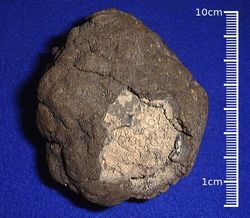Manganese
Manganese is present in many soils, rocks, and sediment. It is considered essential to both plant and animal life. It is a beneficial mineral and essential to human nutrition. It is found abundantly in many common grains and vegetables. In deep water wells, manganese can be found in concentrations as high as 2 to 3 parts per million. In general, it is very difficult to remove from water because of complexes it forms that are dependent on certain states of oxidation, pH, and the presence of other minerals. It is particularly dependent upon the presence of iron.
|
||
Concentrations of manganese of .o5 ppm will cause brown to black stains on fixtures and on laundry. The use of chlorine bleach causes stains in clothing to set. Manganese acts in water in a manner similar to iron. High levels cause unpleasant tastes and odors. Organics tie up manganese in a way similar to iron, so destruction of organics is a necessary part of manganese removal. |
||
|
||
| Treatment. Ion exchange--sodium form cation softening--or oxidation/filtration are the most common methods of manganese removal. Removal with a softener requires a 6.8 pH or higher and use of soft water regeneration is best. For oxidation, it takes one ppm oxygen to treat 1.5 ppm manganese. A greensand filter with potassium permanganate will remove up to 10 ppm if the pH is above 8.0. If the pH is 8.0 to 8.5, birm with aeration will remove manganese well. Chemical feeding (chlorine, hydrogen peroxide) followed by up to 20 minutes contact time, then filtering through greensand, carbon, or filter ag will also remove manganese. |
